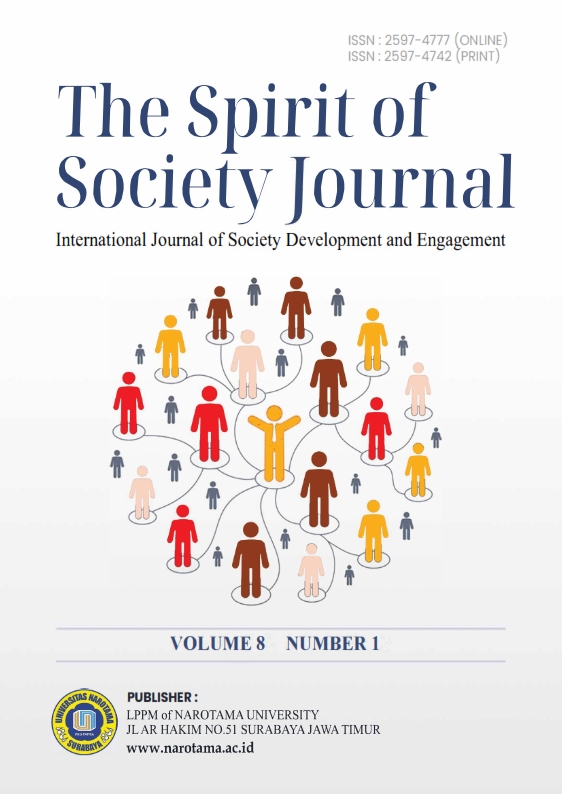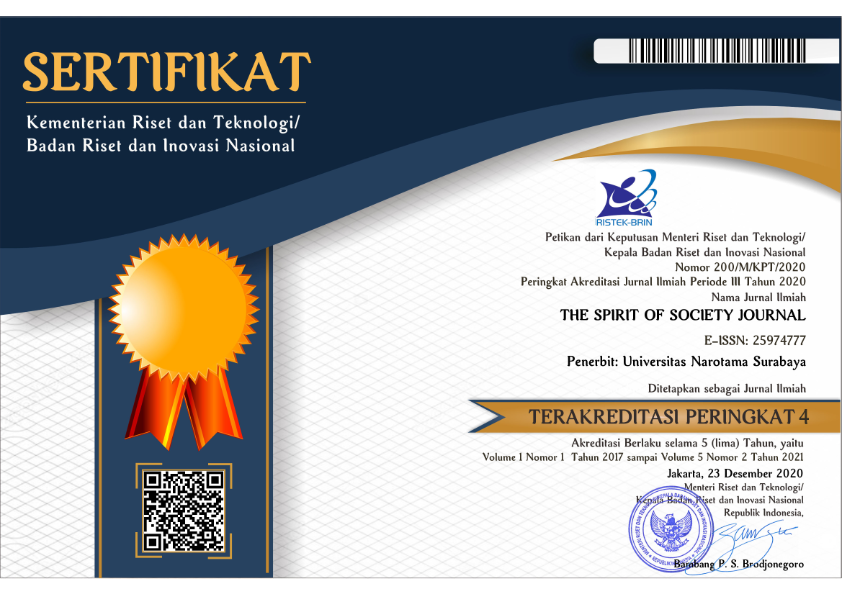Design and Analysis of Microstrip Patch Antennas to Support the Implementation of Smart Ports
Abstract
Smart port is a port concept which is designed and managed efficiently and effectively, which includes various technologies such as the use of automation systems, robotics, the Internet of Things (IoT), and data analysis. the main service to convert a port into a smart port or Port 4.0. categorized into three main areas: Smart infrastructure is focused on “fixed assets” in ports, such as buildings (e.g. warehouses or stacking areas), cranes, trains, and roads. Smart traffic is focused on “moving assets” such as ships, trucks, trains and containers. Smart trading is focused on the flow of cargo. Digitalization with information and communication technology and automation are fundamental factors in pushing a port towards a smart port. One of the important components in communication technology is the antenna. several devices exchange data for remote monitoring using wireless communication. Antennas are very important in wireless communications. This article explains antenna design and analysis to support Dedicated Short-Range Communications (DSRC) in smart ports. This paper designs, simulates, and analyzes a microstrip patch antenna (MPA) for wireless applications. FR-4 (lossy) and Roggers RT/duroid with a dielectric permittivity of 4.3 and 2.2 has been used as a substrate material. The simulation was carried out using computer simulation technology (CST) suite studio 2019 software. Simulation with FR-4 material showed a return loss of -21.23 dB, gain of 2.718 dBi, directivity of 7.525 dBi, voltage standing wave ratio (VSWR) of 1.1864, bandwidth (BW) is 0.0635 GHz, and Simulation using Rogers RT5880/duroid material showed a return loss of -10.813 dB, gain of 8.084 dBi, directivity of 8.528 dBi, voltage standing wave ratio (VSWR) of 1.8095, bandwidth (BW) is 0.0441 GHz.
Downloads
Copyright (c) 2024 THE SPIRIT OF SOCIETY JOURNAL : International Journal of Society Development and Engagement

This work is licensed under a Creative Commons Attribution-ShareAlike 4.0 International License.












